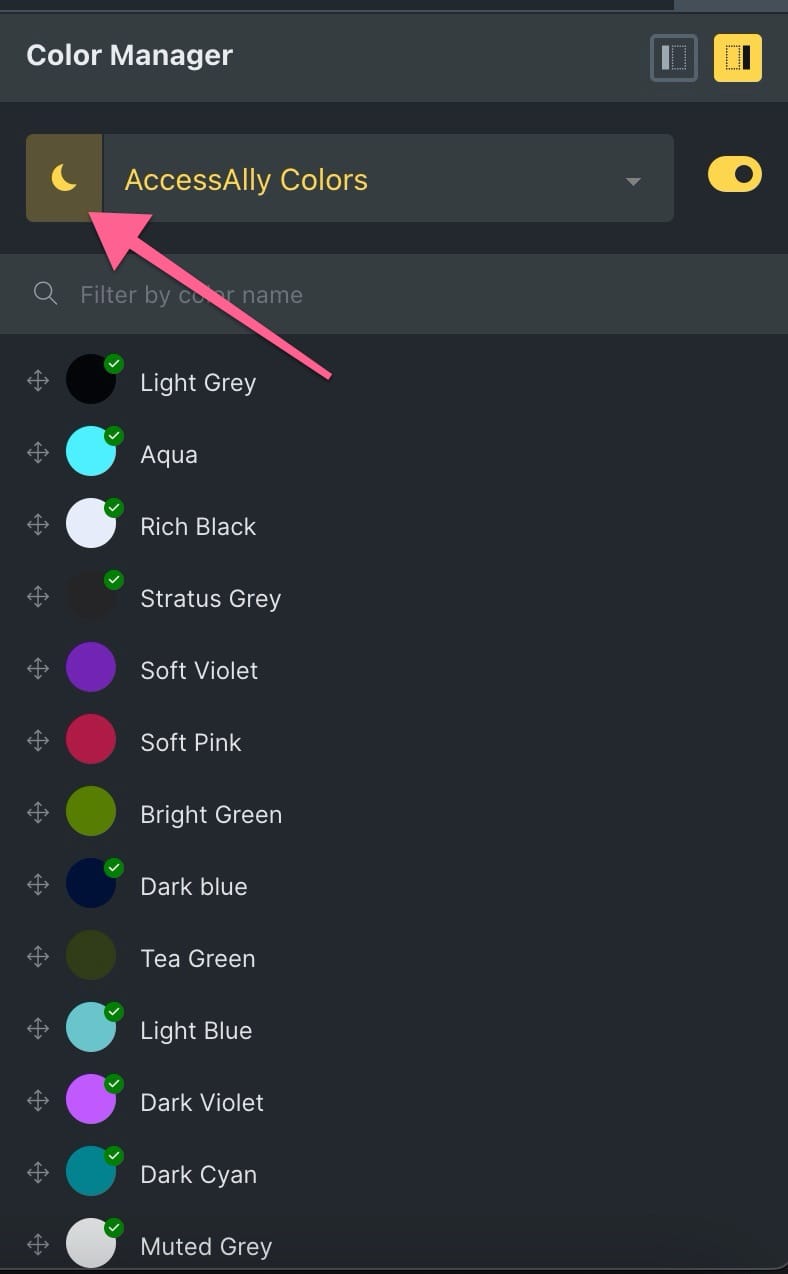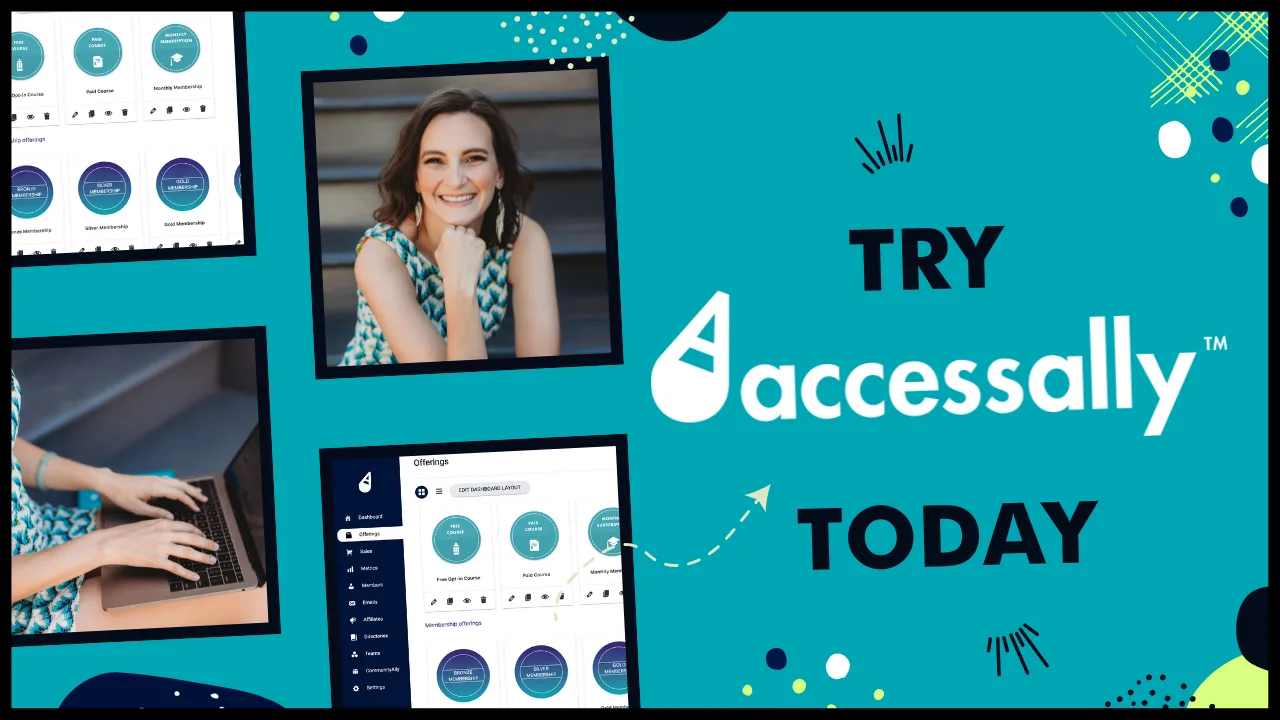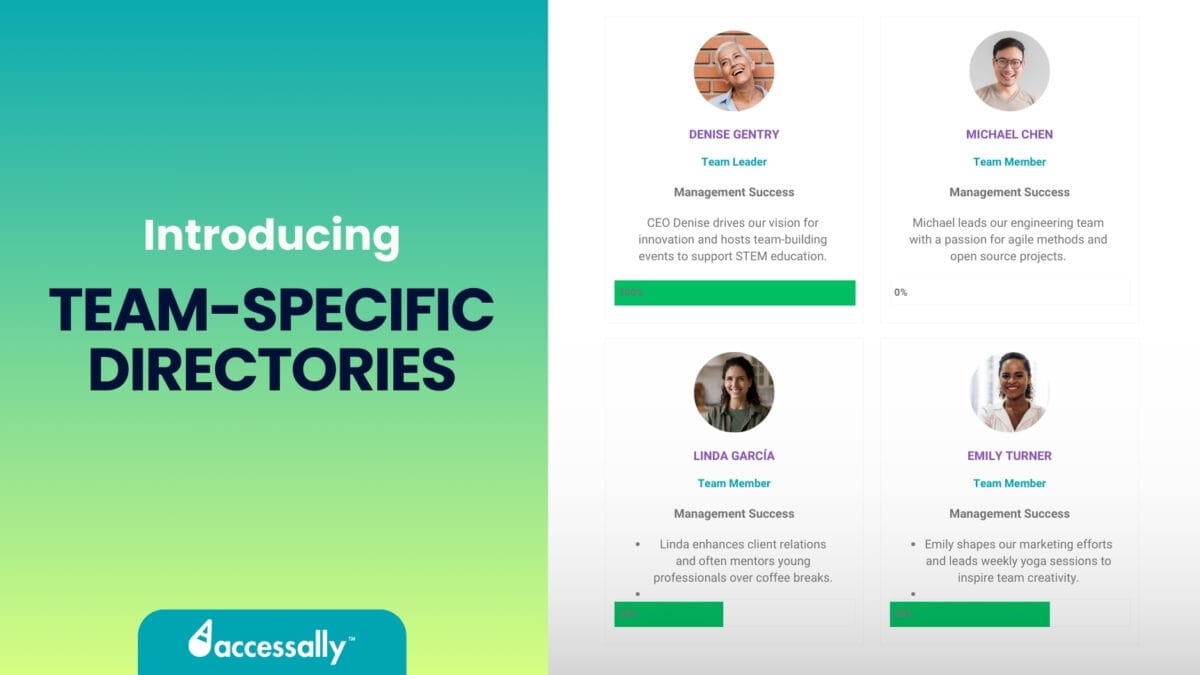Introduction and Overview
Email marketing automation is the backbone of successful online course launches, transforming how you connect with potential students and guide them through their buying journey. Let’s break this down into a comprehensive system that will help you create an effective email sequence for your next course launch.
Your course launch emails need to do more than just announce your offering – they should tell a compelling story, address pain points, and showcase the transformation your course provides. This is especially important when you’re using platforms like Stripe or PayPal for processing payments, as you’ll want to ensure your messaging aligns with your checkout experience.
Before diving into the technical setup, it’s crucial to understand that email automation for course launches typically spans three main phases: pre-launch nurture, launch announcement, and cart close sequence. Each phase serves a specific purpose in building anticipation and urgency while maintaining authentic connection with your audience. The experts at Mailchimp’s marketing resources confirm that segmented, automated emails generate significantly higher engagement rates than generic broadcasts.
Think of your email automation sequence as a conversation that evolves over time. You’re not just sending promotional messages – you’re creating an experience that guides potential students through their decision-making process. This might include sharing student success stories, addressing common objections, and providing valuable pre-launch content that demonstrates your expertise.
Throughout this guide, we’ll explore how to structure your automation, craft compelling messages, and time your emails for maximum impact. You’ll learn practical strategies for segmenting your audience, personalizing your approach, and creating triggers that move subscribers through your sequence based on their interactions.
Foundation Concepts and Planning
Before diving into the technical setup of your email marketing automation, you need a solid foundation to ensure your course launch succeeds. Let’s break this down into manageable pieces that will set you up for success.
Start by mapping out your entire course launch sequence. Think about your launch timeline – most successful course creators plan their email sequences 4-6 weeks before the actual launch date. This gives you enough breathing room to craft compelling messages and test your automation without feeling rushed. Consider how you’ll segment your audience based on their interests and previous interactions with your content.
Your automation foundation needs three core components: a lead magnet to attract potential students, a nurture sequence to build trust, and a launch sequence to drive sales. The nurture sequence is particularly crucial – aim to provide value while subtly highlighting the transformation your course offers. For example, if you’re launching a business coaching program, your nurture emails might share case studies, quick-win strategies, and insights about common entrepreneurial challenges.
When planning your payment processing strategy, carefully consider whether you’ll use Stripe or PayPal as your payment processor. Both platforms integrate well with most email marketing systems, but each offers distinct advantages for course creators.
Next, outline your email marketing metrics. Beyond basic open rates and click-through rates, track specific conversion points throughout your sequence. According to the Mailchimp marketing glossary, successful course launches typically see engagement rates spike during the first 48 hours of cart opening, so plan your most impactful content for this window.


Remember to build flexibility into your automation. Include backup paths for subscribers who don’t take your desired actions, and plan re-engagement sequences for those who show initial interest but don’t purchase. The most effective automation workflows adapt to subscriber behavior rather than following a rigid, one-size-fits-all approach.
Finally, create a testing schedule to verify every automation trigger, email, and landing page before your launch. This systematic approach will help you catch any issues early and ensure a smooth experience for your potential students.
Step-by-Step Implementation Guide
Let’s break this down into a clear implementation process for your course launch email automation. First, you’ll want to map out your entire email sequence on paper before touching any software. Think about your course launch timeline – typically 14-21 days works well for most creators. Consider how you’ll nurture your audience from initial awareness through to purchase decision.
Start by creating your welcome sequence for new subscribers. This should include 3-4 emails that introduce your expertise and provide immediate value. Your first email needs to deliver any promised lead magnets while setting expectations for future communications. The second and third emails should focus on building trust through story-telling and valuable content that relates to your course topic.
Next, develop your pre-launch warming sequence. These emails should go out about a week before your cart opens, building anticipation and addressing common objections before they arise. Share student success stories, behind-the-scenes glimpses of your course, and valuable tips that demonstrate your teaching style. This approach works particularly well when integrated with payment processing systems that support course sales.
Your launch sequence requires careful timing. Schedule your cart-open announcement email for early morning, following up with value-focused content each day. Include social proof, detailed module breakdowns, and specific transformation stories. The ConvertKit Blog offers excellent examples of effective launch email templates you can adapt for your needs.
Configure your automation triggers carefully. Set up segments based on subscriber engagement – those who click specific links or visit your sales page multiple times often indicate higher purchase intent. Create specialized follow-up sequences for these warm leads, addressing their specific concerns and offering additional support.
Finally, don’t forget your cart-closing sequence. The last 48 hours of your launch are crucial – plan for 3-4 emails during this period. Start with a gentle reminder, then increase urgency naturally through scarcity (if applicable) and final calls to action. Include answers to frequently asked questions and clear instructions for enrollment.
Remember to test your entire automation sequence before going live. Send test emails to yourself, click through all links, and verify that your tracking and tagging systems are working correctly. This attention to detail will ensure a smooth launch experience for both you and your potential students.
Advanced Strategies and Techniques
Once you’ve mastered the basics of email automation for course launches, it’s time to implement more sophisticated strategies that can significantly boost your conversion rates. Let’s break this down into advanced techniques you can implement right away.
First, consider implementing behavioral segmentation based on how subscribers interact with your pre-launch content. When someone clicks on specific topics in your emails, automatically tag them and customize their follow-up sequence. For instance, if a subscriber frequently opens emails about pricing, send them more detailed information about payment plans and perhaps even a special early-bird offer. This level of personalization can dramatically improve your conversion rates.
Another powerful technique is to create automated re-engagement sequences for subscribers who showed initial interest but didn’t purchase during your launch. These sequences should focus on addressing common objections and sharing success stories. Consider integrating payment processing options like Stripe or PayPal to make the purchase decision easier for these warm leads.
Advanced email automation also means leveraging the power of micro-commitments. Design your sequences to encourage small, progressive actions from your subscribers. This might start with downloading a worksheet, then participating in a challenge, followed by attending a live workshop. Each step builds investment in your course before the actual launch.
One often-overlooked strategy is implementing dynamic content blocks that change based on subscriber behavior. As explained in the ConvertKit Blog, you can create different versions of your email content that display based on tags, previous purchases, or engagement levels. This ensures your messages remain relevant and personalized throughout the launch sequence.
Remember to set up automated cart abandonment sequences with increasing urgency. Start with a gentle reminder, follow up with social proof, then potentially offer a time-sensitive bonus. Your automation should also include post-purchase sequences that guide new students through their first steps, reducing refund requests and building excitement for course access.
Common Challenges and Solutions in Email Automation
Let’s break this down into the most frequent hurdles you’ll encounter when setting up automated email sequences for your course launches. The first challenge many course creators face is timing their emails properly. When your sequence feels too compressed, you risk overwhelming subscribers, but spacing them too far apart can lead to lost momentum. I recommend mapping out a 7-10 day sequence with emails strategically placed every 2-3 days, gradually increasing frequency as you approach launch day.
Another common roadblock is creating engaging content that maintains momentum throughout the sequence. You might find yourself struggling with what to say in each email. The solution is to think of your sequence as a story arc – start with your subscriber’s current pain points, build through educational content, and crescendo with your course as the natural solution. Consider linking to valuable resources like the Mailchimp Blog for additional email marketing insights.
Technical setup issues can also derail your launch sequence. Many course creators get stuck with proper segmentation and trigger settings. To avoid this, create a detailed flowchart before touching your email platform. Map out exactly which actions should trigger specific emails, and consider how to handle scenarios like cart abandonment or partial form completion. For payment processing considerations, review our guide on choosing between Stripe and PayPal.
Email deliverability can become a significant concern during launches. To maintain high deliverability rates, gradually warm up your email list by increasing send volumes slowly in the weeks leading up to your launch. Additionally, regularly clean your list of inactive subscribers and ensure your authentication records (SPF, DKIM, DMARC) are properly configured with your email service provider.
Remember that perfection isn’t the goal – progress is. Start with a simple sequence and refine it based on performance data. Track your open rates, click-through rates, and conversion metrics to identify areas for improvement in future launches.
Best Practices and Optimization
The success of your course launch email sequence hinges on careful optimization and adherence to proven best practices. Let’s break this down into key areas that will maximize your conversion rates while maintaining meaningful connections with your audience.
Start by segmenting your email list based on engagement levels and previous interactions. Create distinct workflows for warm leads who’ve downloaded your free content versus cold leads who haven’t engaged recently. This targeted approach allows you to adjust your messaging tone and offer intensity appropriately, leading to better response rates and fewer unsubscribes.
Timing is crucial for your automated sequence. Space your emails strategically – begin with closer intervals during the initial excitement phase (every 1-2 days), then gradually extend the gaps (every 3-4 days) as you approach launch day. This prevents subscriber fatigue while maintaining momentum. For deeper insights into email marketing timing strategies, the ConvertKit Blog offers excellent research-backed recommendations.
Your payment processing setup deserves equal attention. Consider implementing a strategic mix of payment options to maximize conversions. If you’re weighing different payment processors, explore our guide on Stripe or PayPal comparisons to make an informed choice for your course platform.
Monitor your automation metrics closely, focusing on open rates, click-through rates, and conversion points. Set up A/B tests for subject lines and call-to-action buttons, but test only one element at a time for clear insights. When you notice a drop in engagement, don’t hesitate to adjust your timing or messaging – your automation should be a living system that evolves with your audience’s responses.
Remember to include clear preference options in your emails, allowing subscribers to adjust their frequency settings rather than unsubscribing completely. This thoughtful approach helps maintain your list quality while respecting your audience’s inbox boundaries.
Case Studies and Examples
Let’s explore how successful course creators have implemented email automation for their launches. One of my favorite examples comes from Sarah, a business coach who sells a $997 program teaching entrepreneurs how to scale their services. She set up a carefully orchestrated 14-day sequence that generated over $50,000 in her first launch.
Sarah’s automation included three distinct phases. In phase one, she warmed up her list with valuable mini-trainings, establishing her expertise in business scaling. The second phase introduced her signature framework through case studies of past students, while the final phase addressed common objections and included time-sensitive bonuses. This systematic approach, combined with strategic payment processing through Stripe, resulted in a 32% conversion rate from her warm leads.
Another illuminating example comes from Marcus, a photography instructor who launched his $497 masterclass. Instead of a traditional launch sequence, he implemented what he calls a “student journey preview” – giving subscribers a taste of his teaching style through automated video emails. Following ConvertKit’s email marketing best practices, he segmented his list based on photography experience levels and customized the content accordingly.
The most compelling aspect of Marcus’s approach was his use of behavioral triggers. When subscribers watched specific tutorial videos, they automatically received follow-up emails with related tips and student success stories. This personalized touch resulted in an impressive 28% conversion rate and countless testimonials praising the relevance of his communications.
A third example worth noting is Jennifer’s launch of her $1,997 advanced nutrition certification. She implemented a unique “choose your own adventure” style automation, where subscriber interactions determined the next email they received. This sophisticated segmentation allowed her to address specific pain points and objections in real-time, leading to a 40% conversion rate among her most engaged subscribers.
Seth Shoultes is a veteran web developer, with over 25 years of experience in building tools for creators and entrepreneurs. At AccessAlly, he focuses on streamlining membership systems and developing AI-driven solutions that reduce tech friction and enhance user experience. With a deep background in WordPress and automation, Seth bridges innovation and practicality to help creators turn ideas into impact.




